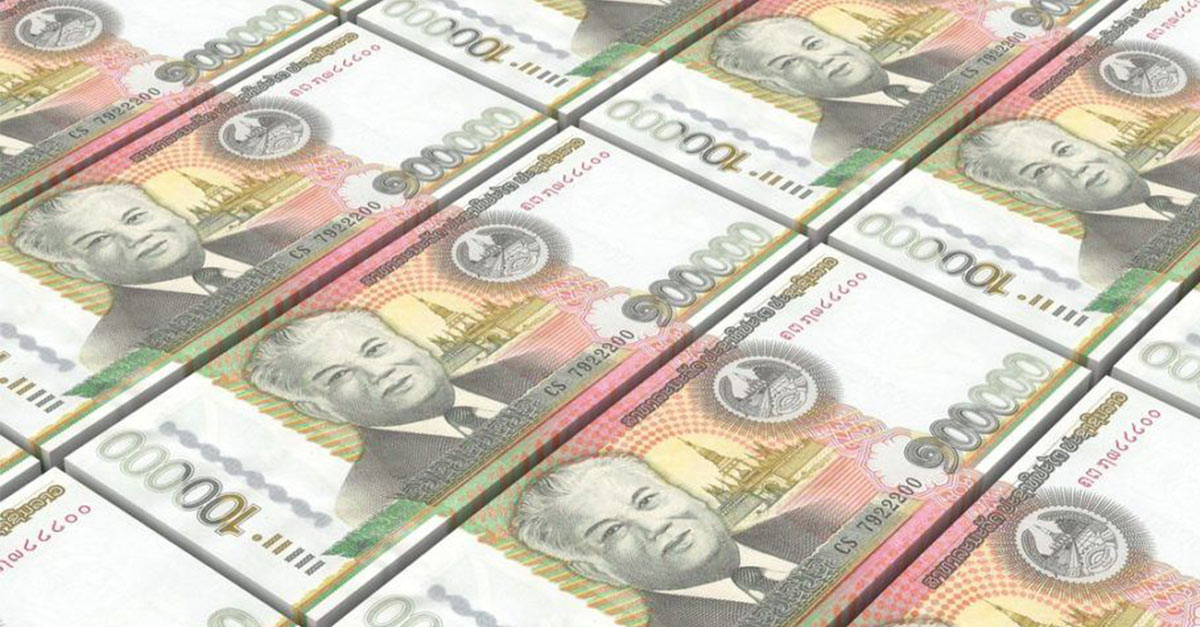The Lao government has announced that it will issue domestic bonds in LAK (kip) – instead of foreign currencies – with a two-pronged objective aimed at avoiding risks linked to the exchange rate and strengthening the domestic capital market.
According to the Ministry of Finance, under this scheme, the payment of interest will be made to internal bond holders, which is expected to make capital circulate within the domestic economy.
The government has issued bonds of 3,300 billion kip (approximately US$392 million) through the national treasury to finance its budget deficit. Bonds to pay for public investment projects amounted to about 2,500 billion kip (approximately US$296 million) and triangle-debt-diversion bonds have been valued at about 7,800 billion kip (approximately US$924 million).
A majority of government bonds are held by commercial banks. Combining all these figures, it stands at 14 percent to 15 percent of the credit to economy (55,000 billion kip – approximately US$6.5 billion). Ninety percent of these bonds are set to mature within one year and are very difficult to manage, according to the Ministry of Finance.
The Ministry of Finance explained that there are two key difficulties linked to issuing domestic bonds – low savings in the economic system and underdeveloped and low-level social security as well as life insurance funds to issue long-term bonds, and the level of current domestic bonds is already high when compared to credit to economy.
The Ministry of Finance argued that the high budget deficit over the past four to five years has forced the government to issue foreign currency denominated bonds to finance its budget deficit every year since domestic bonds were unable to respond to the demand.
According to an IMF report, Laos first issued Thai baht-denominated bonds in Thailand in May 2013, followed by three more issuances in December 2013, October 2014 and June 2015.
In December 2015, Laos issued its first US dollar-denominated floating-rate bond, amounting to US$182 million. The bond proceeds financed the budget deficit and the government’s share in power projects.
The outstanding bonded debt at the end of 2015 was US$838 million, accounting for 12.8% of the total external public and publicly guaranteed (PPG) debt.
The Ministry of Finance said the issuance of the bonds annually is based on the approval of the National Assembly. It is essential to ensure foreign currency balance in the economic system, given that the Bank of Laos has encountered falling foreign currency reserves. If the government does not borrow in foreign currencies, it could need to purchase more foreign currencies to repay debts each year. This would reduce foreign currency reserves even further, which could result in a higher exchange rate risk.
Under the draft government budget and debt structure improvement plan, loans with commercial rates to finance the budget deficit will be gradually limited. It is expected that in the next four to five years, the state of the budget deficit and deficit financing will be more manageable.



